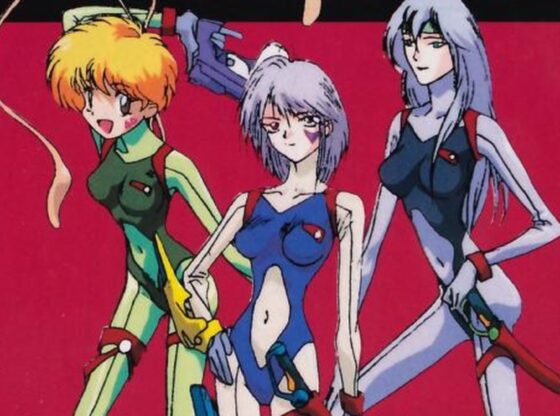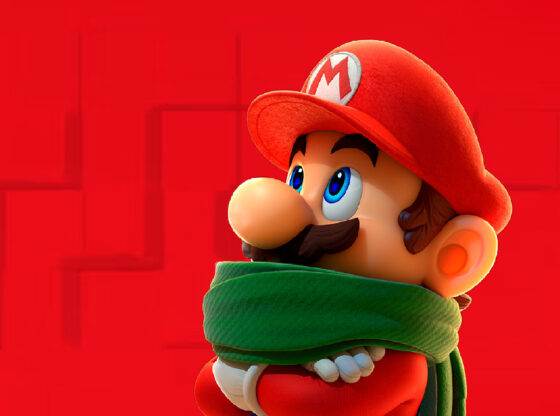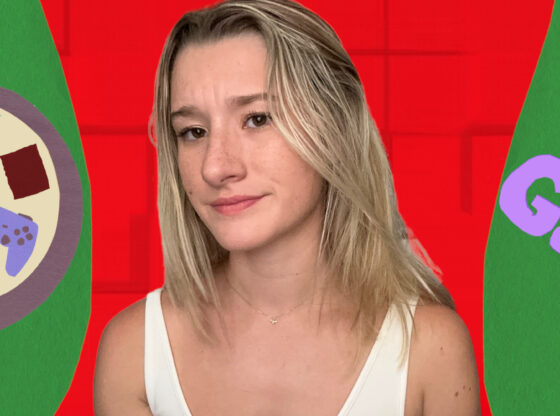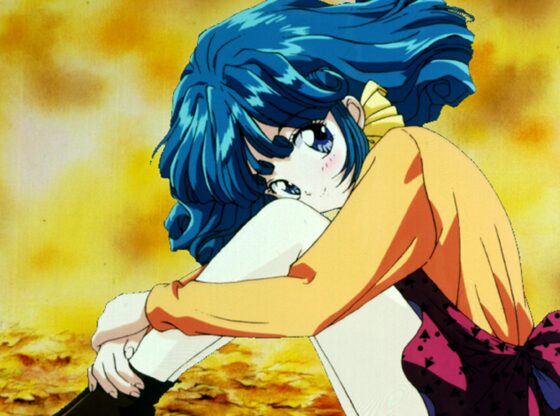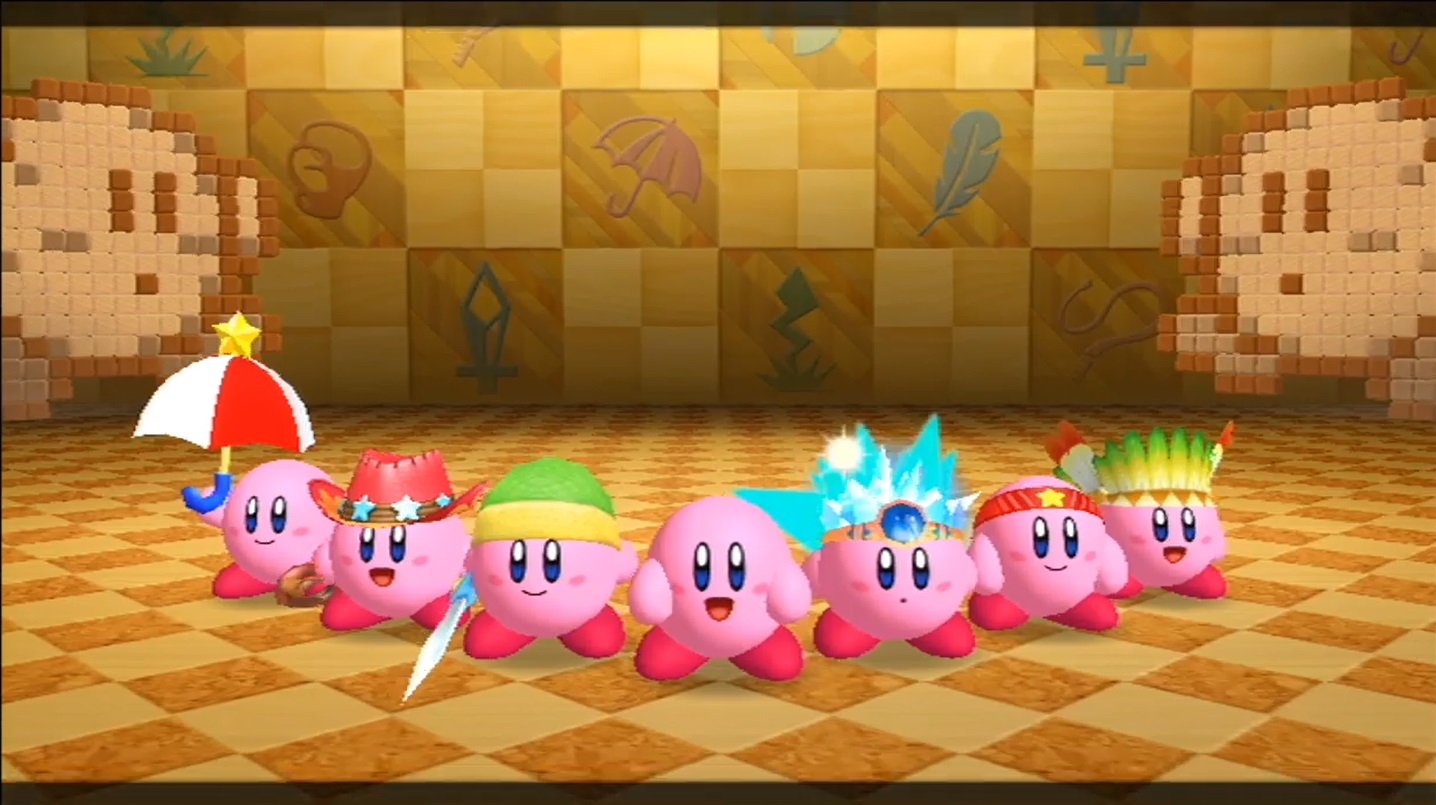
Kirby has become defined by his ability to copy his foes powers. But what is he without them? They add variety to the gameplay and help differentiate each title. Rideable pets modify abilities in Dream Land 2, Super Star has multiple skills per power up through button combos and The Crystal Shards lets players mix and match to create all new attacks.
However, each game has one common problem linked back to the copy abilities: they trivialize the adventure.
Kirby games are known to be, and supposed to be, easy. Technically they’re platformers, yet he can float over just about anything. It’s mainly the enemies that become obstacles. Even then, one hit is usually enough to pop them out of existence. Factor in swords, fireballs, heat-seeking missiles or most other copy abilities and his foes stand no chance. The moment to moment action is quite dull for someone who has played many games with a decent level of challenge.
The original Kirby’s Dream Land on Game Boy doesn’t actually feature his copying powers. Without it, he mainly defeats enemies by consuming or launching them out of his mouth. Not being the most nimble little guy, it’s an action that takes time. He cannot move while sucking. When canceling his inhaling, there’s a slight delay until you gain control again. If he does capture a foe in his in-take, the speed at which they are sucked in varies based on the distance.
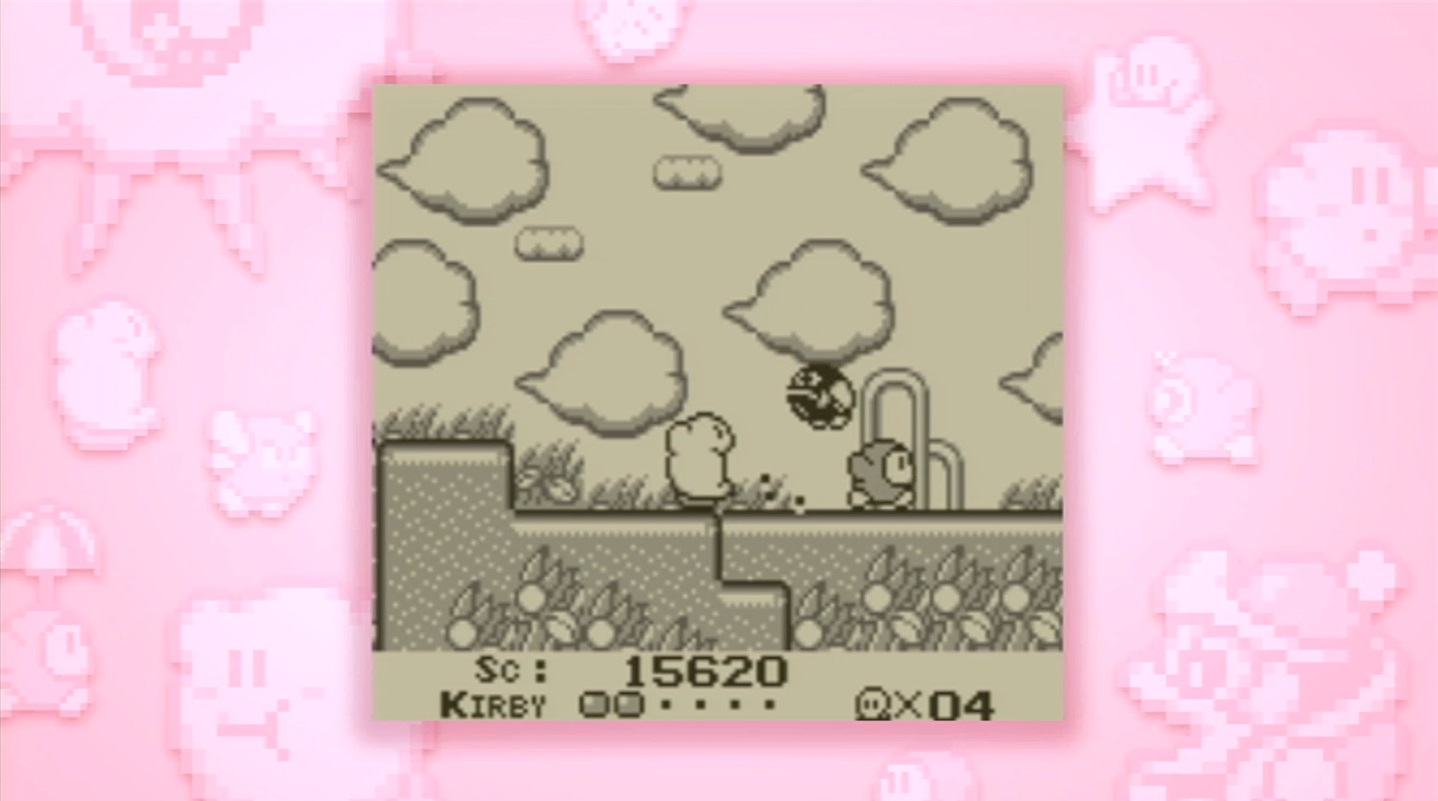
Spitting out an enemy is a powerful attack, but he only gets one shot per consumption and they can’t be built up like ammo. His other attack is a side effect of inhaling air to float. The air he blows out can damage some foes, although it also causes him to fall until he re-inflates.
For fighting just one enemy, this tool set is plenty capable. When two, three or more show up on screen, Kirby’s sluggish movements have trouble keeping up. It’s easy to attack something in the air and accidentally fall on top of another enemy, or get bumped when sucking in foes. Without any way to simply strike, you need to account for the time it takes to inhale, how that effects your movement options and your vulnerability after a failed attack.
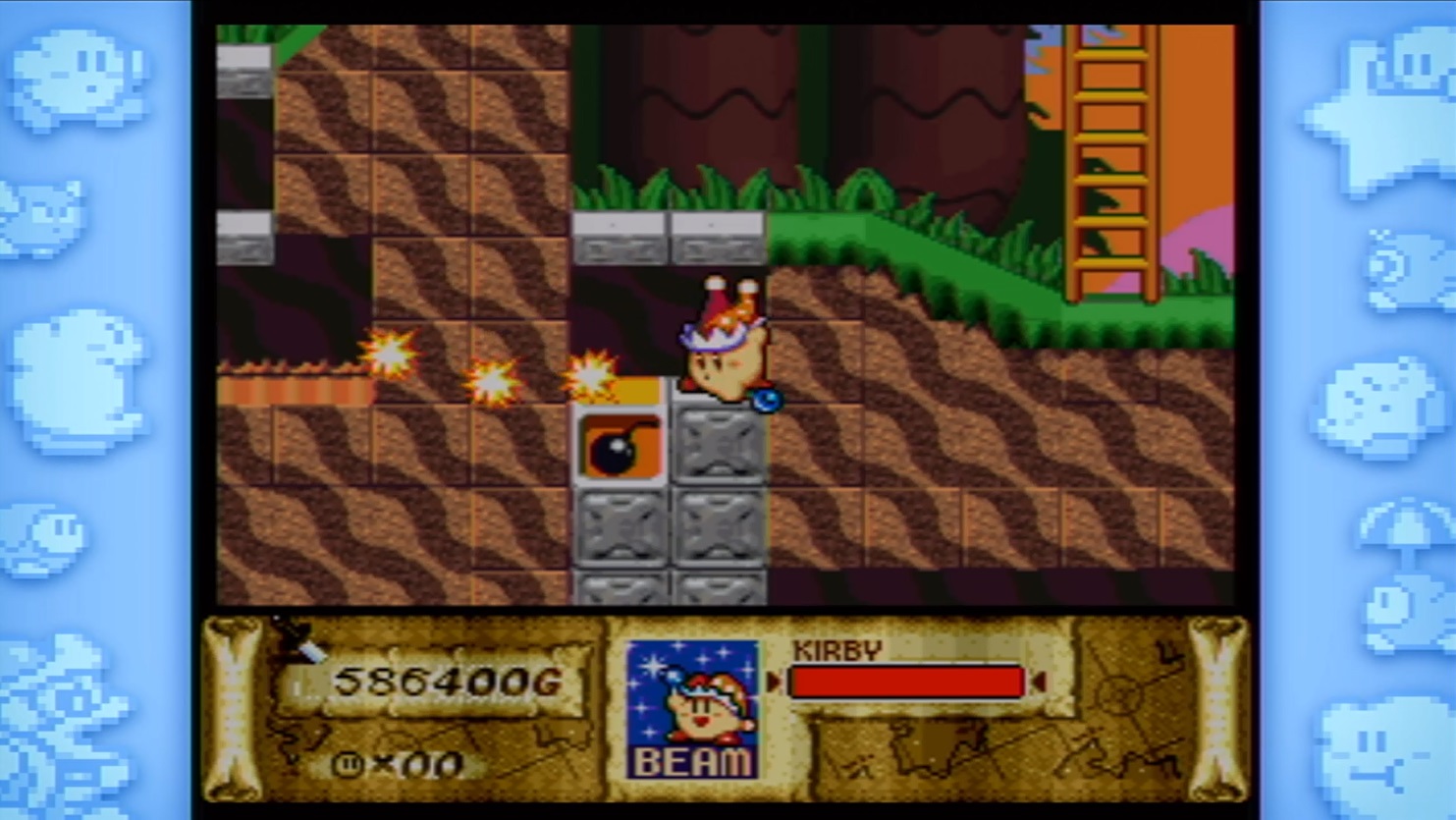
You might be saying, “these are basic levels of challenges found in video games.” You’re right. However in the case of the Kirby series, it’s not always a guarantee you’ll have to worry about this stuff. The trials in most of the games come from the collection aspect. It’s about preserving power ups long enough so you can use them as tools to find secret passages or break through objects that might hide collectibles.
The core of Kirby’s moveset is retained in future games, yet isn’t emphasized. It’s more or less what you use after losing an ability and while searching for the next. Dream Land places these limitations on you at all times and tests you in ways most games in the franchise are afraid to. Maybe it’s fine if he’s not always such a tough cream puff.



